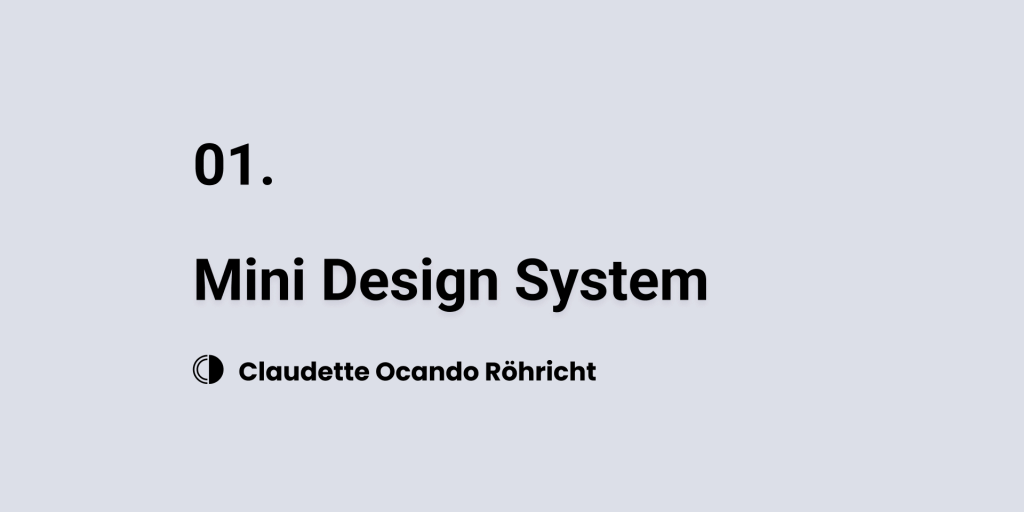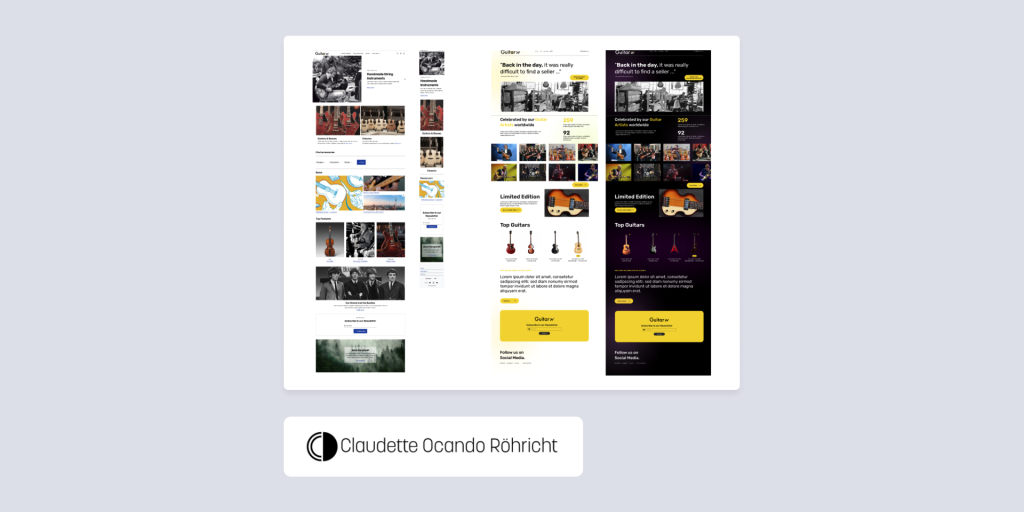Here are some Projects I was able to clear out to showcase my work @ Software AG
Disclaimer
I’ve pragmatically tackled the challenge of sharing a complete UX Portfolio constrained by NDA policies. This page offers a meta-level solution, showcasing methods I’ve mastered in my career through the Human-Centered Design Process.
The Human-Centered Design Process

I rely on the Human-Centered Design Process for my work. This approach allows me to center real people in the development process, enabling me and my team to create products and services that resonate with users.
The double diamond visualizes the process, emphasizing both creative exploration and focused concept development. It’s important to note that this design process isn’t linear; it’s iterative, involving multiple cycles of divergence and convergence on various scales.
Problem Statement
An experienced UX Designer [user] struggles to showcase her UI/UX work [negative feeling] since she worked for 11 years on pure confidential projects for Germany´s second-largest software vendor Software AG. She signed and honors a non-disclosure agreement with them [reason]. She needs to find a way to showcase her abilities [step], but cannot show most design artifacts since they give away confidential product development information [obstacle].
User Interviews
Agenda
- Introduction – 5 minutes
- Participant background (10 minutes)
- Tasks & pains (about 20 minutes)
- Wrap up (5 minutes)
Questions Sample
- How would you explain your design process?
- How would you decide which content to add to your portfolio?
- How do you go about time constraints?
- Tell us about a UX project that didn’t go as planned.
- What went wrong
- Why it went wrong
- What you did to address the failure
- What you learned from that experience
- Why do you want to show your work?
Ideation



In my initial ideation round, I employed the “Crazy 8’s” design sprint method. It’s a quick exercise where participants brainstorm or sketch eight different ideas in just eight minutes. The aim is to go beyond the initial idea, promoting innovation by generating a diverse range of solutions for a design challenge.
Wireframes

Mock Project for a generic “Green Product”
Wireframes enable fast feedback, identify interface issues, and confirm user satisfaction. That’s why, in my view, paper prototyping is highly effective. With most agile projects having two-week sprint cycles, rapid, valuable feedback, and collaboration are essential.
Design System

Figma Design File: Mini Design System
With a design system in place, we get to do pretty much everything: from managing complex components to handing off files to developers. Design Systems are essential in part of any digital sustainable strategy as many teams such as marketing, product design, engineering, and documentation need to be aligned to offer seamless intuitive experiences.
High Fidelity Prototypes

See SAG Projects

Homepage for a Generic Guitar Brand (showing the following options: Desktop, Mobile, Light and Dark mode)
High fidelity prototypes are advanced, detailed representations of a design concept. They closely resemble the final product, including precise visual and interactive elements, making them ideal for thorough testing and validation before development.
STAR Technique

Figma Design File: STAR Technique
STAR stands for Situation, Task, Action, and Results, and it’s an excellent tool for answering behavioral questions that may be posed during a job interview. It allows me to effectively communicate my approach and demonstrate my work style concisely and coherently.
Here, you can gain insights into how I tackle specific challenges and situations. I’ve chosen to highlight the ‘Personas Portal’ example as it contains the least amount of potentially confidential product development information.
